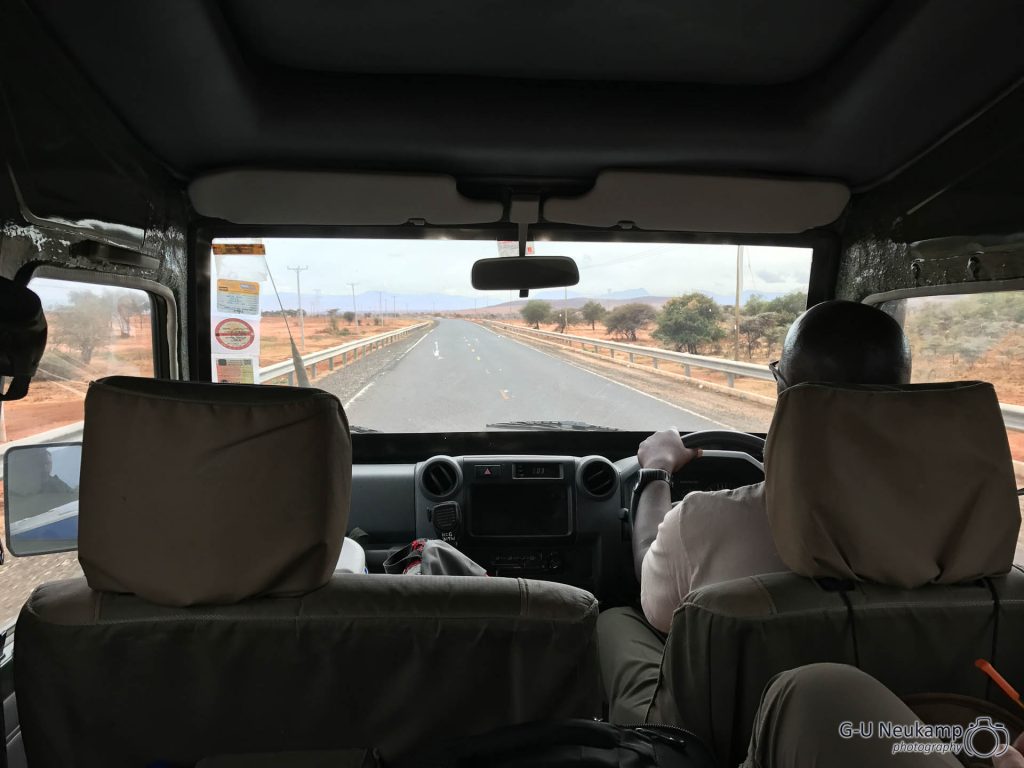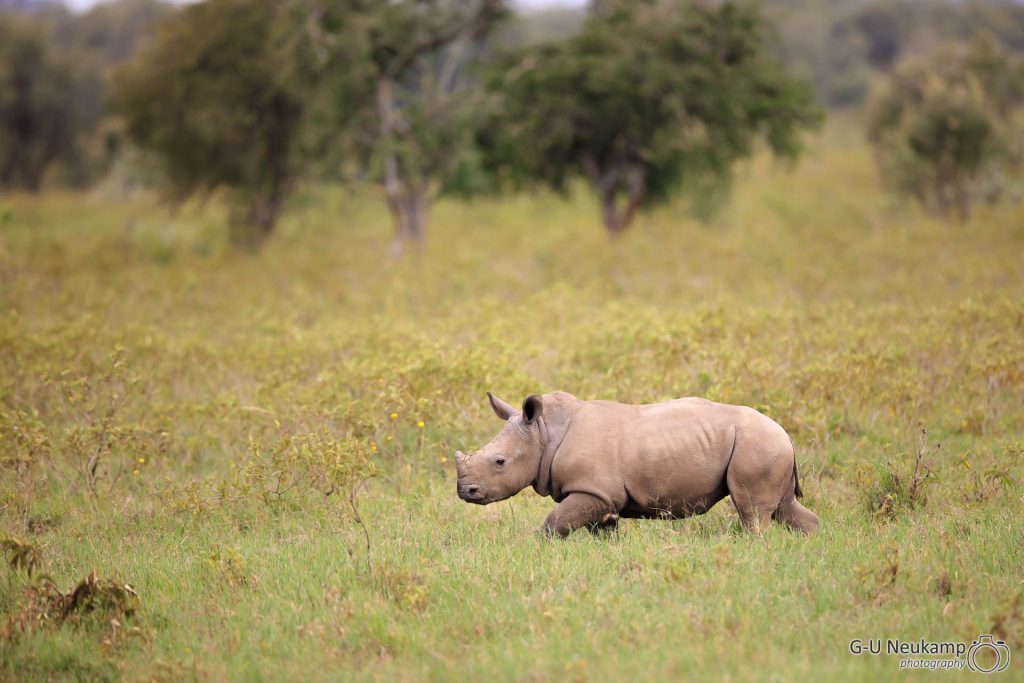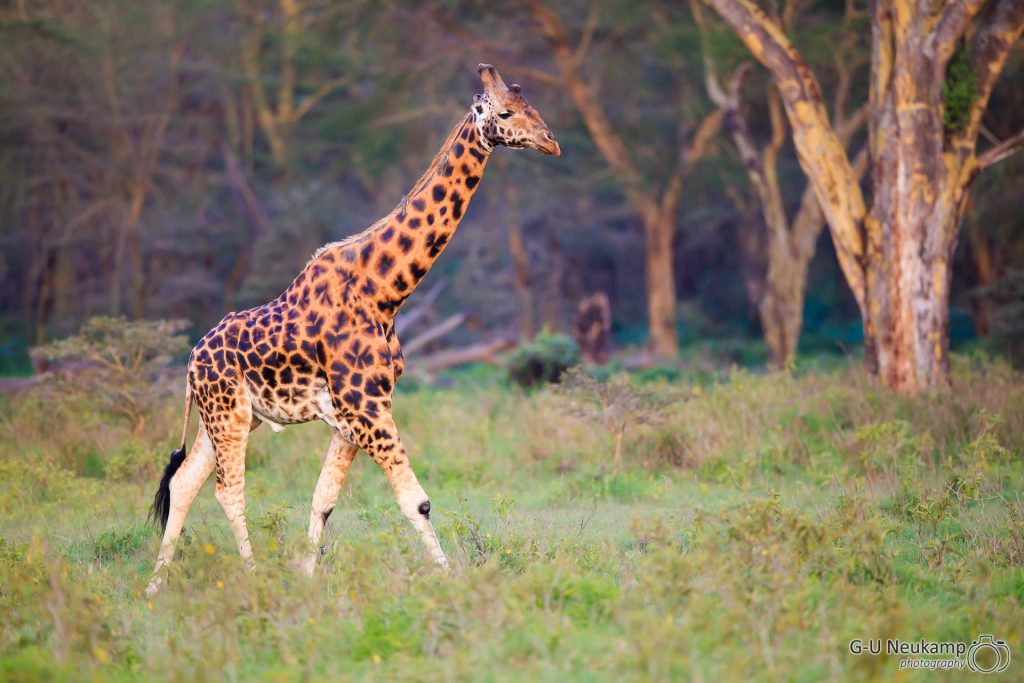August 12th to 15th - Lake Nakuru Nationalpark
August 12th 2017 - Driving to Lake Nakuru National Park
After a last breakfast at Kibo Safari Camp we continued to our next stop, Lake Nakuru National Park.

The park is famous for its flamingos and the many rhinos. This time we were particularly interested in the latter, as they are unfortunately now among the rarest animals to be seen in Africa. Their existence is highly endangered by poaching because of their horns, which are used in Asia for medicine. The total population in Africa is estimated to be only about 20,000 white and 5,000 black rhinos, in Kenya only about 600 animals are still alive. On our safari in Tanzania in 2016 we did not see a single one, so we hope to have more luck now.
Lake Nakuru National Park is a rhino sanctuary with a population of more than 60 black and white rhinos brought here from all corners of Kenya and protected around the clock by rangers. In 1977, some of the very rare and endangered Rothschild giraffes were also brought here, which have now increased to 70 individuals and have already been released back into the wild up to Uganda.
The trip was very long, it took about 8 hours because of the rough road conditions. On the way we had to stop at the Safaricom shop and rebook a data package, because our previous data limit (3 GB) was already used up by half - Harry and me are just nerds ;-).
We passed the great African Rift Valley, which stretches from Israel to Mozambique and will eventually split the African continent in two at some time. The drifting of two tectonic plates has created a lowland plain with strong volcanic activity, which has led to the formation of many runoff-free lakes, including Lake Nakuru. Many of the lakes have very alkaline water due to the volcanic activity. They are therefore a preferred habitat for flamingos, which appear here in gigantic swarms.
Nakuru is the capital of Nakuru County in Kenya and is the fourth largest city in the country with about 320,000 inhabitants. The Lake Nakuru National Park is located directly on the city outskirts.
After a lunch on the road we reached the park around 4pm and started our first game drive. Shortly after the start we discovered the first white rhino, even accompanied by a calf.


We also found a Rothschild giraffe on the first day.

After sunset we went to our camp. The Flamingo Hill Camp offers about 30 very comfortable tents. In the following you can see some pictures from the camp.
The camp is located within the national park, but unfortunately directly at the park entrance. The traffic noises of the big city therefore somewhat disturbed the “middle of Africa” feeling.
After checking in and getting into the tent, we first had a Gin & Tonic by the fireplace. In the evening it is quite cool in Kenya, so a campfire or open fire is very pleasant. Lake Nakuru is located at an altitude of 1,760 meters - that is approximately the altitude of the Upper Engadine in Switzerland. The evening ended with an excellent dinner.
